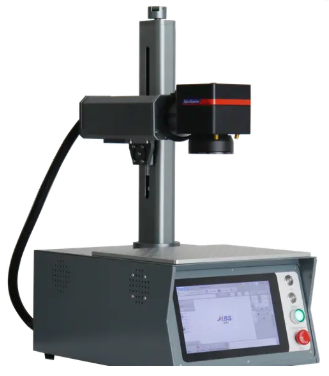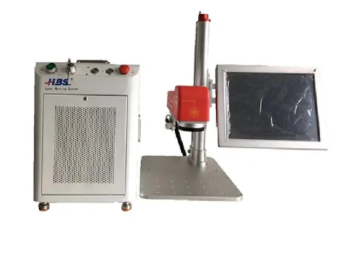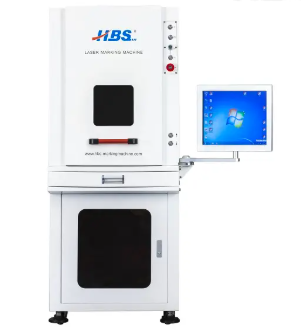
As a supplier of marking machines, I understand the significance of proper maintenance to ensure the longevity and optimal performance of these essential devices. Marking machines are widely used in various industries for product identification, branding, and traceability. Whether it's a fiber laser
Read More 
Laser marking machines use high-powered lasers to create permanent, precise marks on various materials like metals, plastics, wood, and glass. Key factors in selecting the right machine include material compatibility, marking type, machine power, and speed. Fiber lasers are ideal for metals, while CO2 lasers work well for organic materials like wood and plastics. UV and green lasers are suitable for delicate materials like medical devices. Consideration of maintenance, safety, system integration, and cost are crucial for ensuring long-term efficiency and ROI. By choosing the right laser marking technology, businesses can achieve high-quality and cost-effective results.
Read More 
This article provides essential tips for optimizing the performance of laser marking machines, crucial for industries like electronics and automotive. It covers how laser marking works, the importance of settings like power, speed, and resolution, and explores different types of lasers (fiber, CO₂, and UV). Key maintenance practices, material considerations, and software updates are discussed to enhance precision, speed, and efficiency. The article also highlights troubleshooting common issues like inconsistent markings and overheating. By following these guidelines, operators can maximize their machine’s performance, reduce downtime, and ensure high-quality, precise marks across various materials.
Read More 
Laser marking machines offer numerous advantages in modern manufacturing. They provide permanent, durable marks on various materials, including metals, plastics, and ceramics, making them ideal for industries requiring traceability and compliance. Unlike traditional methods, laser marking is fast, cost-efficient, and eco-friendly, eliminating the need for consumables like ink or chemicals. These machines are highly versatile, customizable for different applications, and resistant to harsh environments. Additionally, laser marking ensures high throughput in automated systems, increasing productivity while reducing maintenance costs. As a future-proof technology, laser marking is key to enhancing product quality and staying competitive in industries like automotive and medical.
Read More 





